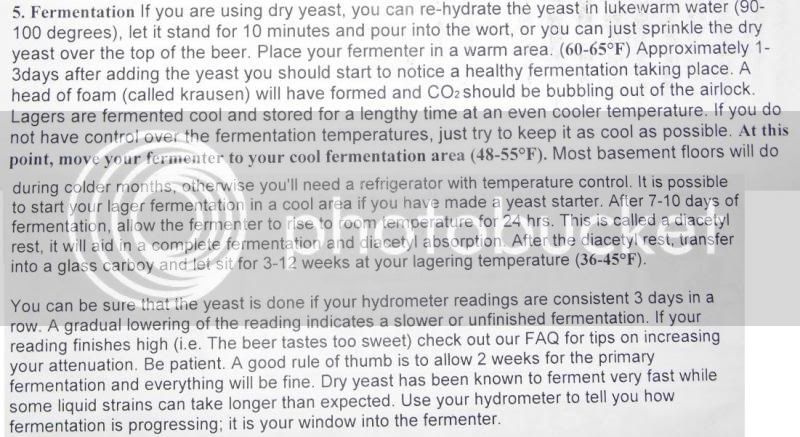number40fan
Well-Known Member
- Joined
- Jun 24, 2014
- Messages
- 462
- Reaction score
- 80
Hello, everyone.
First time poster, short time reader. But, it was this site that helped me find what I was looking for.
As a previous Coors Light drinker, now converted GF drinker, I found myself in quite the conundrum. A GF beer that I would like. I was picky with my CL and wouldn't have anything to do with any other beer.
To make a really long story short. Bards. First GF beer I tried and I was hooked. Except the $$$. Anywhere from $9-10 a six pack. Ouch. Did some googling, found a post here that Bards has a homebrew kit and ordered it.
A friend of mine has been making his own beer for a while. Divorce has set him back where he doesn't have the space to do it. He has offered his equipment for me to use. Turkey fryer, pot, spoon, 5 gallon buckets, 3 gallon kegs, CO2, sanitizer, yadda yadda.
He gives me a run down of how things go and says the instructions should be in the kit. I take notes and say thanks. He jets off on a two week (get the heck out of Dodge) vacation. I am not going to even attempt to call and ask my questions.
Now my problem where I need some help. I am a little sketchy of step 5 in my instruction sheet. It starts talking about the fermentation of the wort, but in the middle of it starts talking about lagers and what should be done with them. I don't believe this is a lager, but the directions don't stop and say "for other types", so I don't know what I should do? Easiest way for me to show the directions was to just take a picture of them.

How long do I need to keep it at what temp? Do I need to let it warm up to room temp? Can I leave it in the bucket without transferring to a glass carboy?
Then....sorry for being so long winded.
Kegging time. Friends instructions were to add it to the keg. Pressurize to 8 psi. Swirl keg. Do this once a day for 10 days. Didn't say anything about adding the priming sugar because that was only needed for bottling. True? Or should I add it, 1/4 cup less than when bottling?
I'll be attempting to do this on Saturday and hope to get it all straightened out. GF sucks, but I do feel a lot better.
Thanks for the forum and for any help.
James
First time poster, short time reader. But, it was this site that helped me find what I was looking for.
As a previous Coors Light drinker, now converted GF drinker, I found myself in quite the conundrum. A GF beer that I would like. I was picky with my CL and wouldn't have anything to do with any other beer.
To make a really long story short. Bards. First GF beer I tried and I was hooked. Except the $$$. Anywhere from $9-10 a six pack. Ouch. Did some googling, found a post here that Bards has a homebrew kit and ordered it.
A friend of mine has been making his own beer for a while. Divorce has set him back where he doesn't have the space to do it. He has offered his equipment for me to use. Turkey fryer, pot, spoon, 5 gallon buckets, 3 gallon kegs, CO2, sanitizer, yadda yadda.
He gives me a run down of how things go and says the instructions should be in the kit. I take notes and say thanks. He jets off on a two week (get the heck out of Dodge) vacation. I am not going to even attempt to call and ask my questions.
Now my problem where I need some help. I am a little sketchy of step 5 in my instruction sheet. It starts talking about the fermentation of the wort, but in the middle of it starts talking about lagers and what should be done with them. I don't believe this is a lager, but the directions don't stop and say "for other types", so I don't know what I should do? Easiest way for me to show the directions was to just take a picture of them.

How long do I need to keep it at what temp? Do I need to let it warm up to room temp? Can I leave it in the bucket without transferring to a glass carboy?
Then....sorry for being so long winded.
Kegging time. Friends instructions were to add it to the keg. Pressurize to 8 psi. Swirl keg. Do this once a day for 10 days. Didn't say anything about adding the priming sugar because that was only needed for bottling. True? Or should I add it, 1/4 cup less than when bottling?
I'll be attempting to do this on Saturday and hope to get it all straightened out. GF sucks, but I do feel a lot better.
Thanks for the forum and for any help.
James


